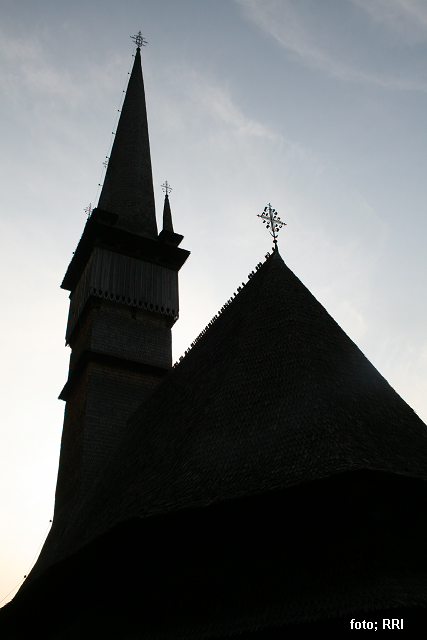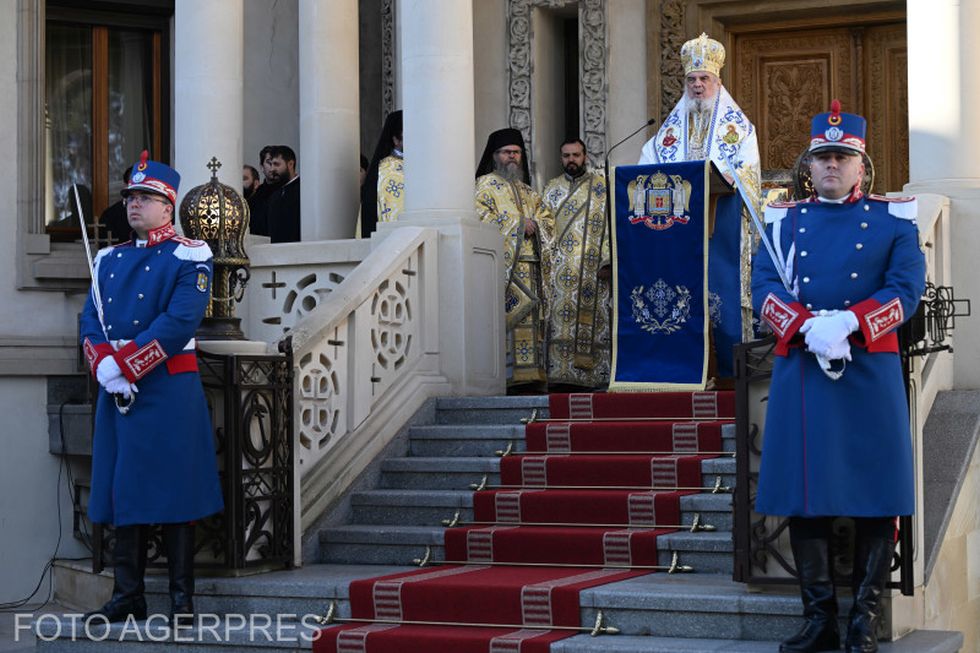The French Resistance in Romania in WWll
The true story of three French nationals who spied for their country while in Romania

Steliu Lambru, 20.09.2021, 11:15
Romania joined WWII in the
summer of 1941 upon a triple annexation of its territories a year before.
In June 1940, the Soviet Union
annexed the Romanian territories between the rivers Prut and Dniester also
known as Bessarabia and North Bukovina. In August 1940 Hungary annexed another
part of the Romanian territory, northern Transylvania and Maramures, while in
September that year Bulgaria occupied southern Dobrogea. The political crisis
that followed led to the abdication of king Carol 2nd and the coming
to power of a dictatorship led by marshal Ion Antonescu. The new regime forced Romania
into an alliance led by Nazi Germany, at war with the USA, Great Britain and the
Soviet Union.
The peace
treaties at the end of the First World War collapsed shortly after the fall of
France in June 1940. The occupation of France actually threw the continent into
the bloodiest and most destructive war by that time, with millions of deaths
and huge material damage.
Europe found
itself under the grip of the Nazi Germany and it took almost five years of
sustained military efforts to get rid of it.
But even in
those difficult years many people refused to give up entirely. Although resistance
to such a powerful enemy seemed to be futile, those people proved that even small
actions can count in the fight of a well-functioning war machine. In the
following minutes, Oana Demetriade from the National Council for the Study of
the Securitate Archives will be telling us the story of three brave French
residents in Romania who decided to spy for the Allies in the days of WWII.
Sound bite: There was a group of French nationals residing in Romania who decided
to spy for the Free France or for Britain. One of these is a French lady, named
Henriette Sümpt, who got Romanian
citizenship after two successive marriages and settled in this country in
1928. She decided it was high time she
did something for her country which had already signed a truce with Germany.
She established a connection with Special Operations Executive based in
Istanbul and started to send intelligence to the British agents there without
knowing that the aforementioned connection was being keenly monitored by the
Romanian Intelligence Service.
Back in the
day Henriette Sümpt used to be a secretary
for the Bucharest branch of the famous French news agency Havas. Around 1940
before the war had broken out she was using the agency’s database to provide
intelligence to both France and Britain. She started by giving information
about the movement of the German troops around Romania, military insignia,
registration numbers of the military vehicles, the type of weapons they were
carrying, the routes used by the military convoys etc.
During her
strolls through the Floreasca district, Henriette Sümpt could easily monitor the German planes taking
off and landing on the Baneasa airport in the north of the capital city. She
also travelled to other cities like Galati, Ramnicu Sarat, Focsani, Bacau, Iasi
and Botosani, all situated at Romania’s eastern border.
Here’s again
at the microphone Oana Demetriade.
Oana Demetriade: Together with French journalist, Maurice Négre, she managed to put together a small espionage
network and send some sketches to the allies. The drawings she sent were quite common
and even funny as they pictured only leaves, deer, dogs or a snake. However,
those were actually symbols for the German military units deployed to Romania,
which were soon going to see action in the Balkans or the USSR.
However,
the group’s activity didn’t remain unnoticed for long. Henriette Sümpt was arrested soon but eventually granted
clemency. Oana Demetriade:
Oana Demetriade: The entire network was discovered and its
members arrested upon a German intervention. Henriette was to be arrested first.
She was frisked and compromising documents were found on her. According to the
SSI agent who was interrogating her, she was a pretty lady, very intelligent
with extraordinary powers of observation and very good at drawing. She managed
to remain self-possessed while being apprehended by our agents. Upon the quick
trial that followed, Maurice Negre was released in a couple of months upon the intervention
of the French state while Henriette remained in custody. She would later pass
through several prisons, including the women’s penitentiary in Mislea. Her two
ex-husbands in Romania, who were still very fond of her, assisted the woman in
petitioning the state authorities and even the country’s king, Mihai, in order
to get her pardoned. Her previous sentence of 10-year forced labour was
commuted to one-year in prison and she was released on August 22nd.
Her release had nothing to do with Romania’s leaving the Axis a day later,
august 23rd.
Henriette Sümpt’s
story also continued after the war. She got involved in charity and worked as a
massager in recovery centers for athletes. She was monitored by the communist
Securitate after the war and reports about her were positive. In 1959, upon the
intervention of her third Romanian husband who had successfully left for France
and of her relatives there, she received a French passport and got repatriated.
Together with Henriette Sümpt and Maurice
Négre, Jean Paul Lenseigne, is the third French
journalist part of the brave group that got involved in actions meant to help
their country in times of war on the Romanian territory.
(bill)






























